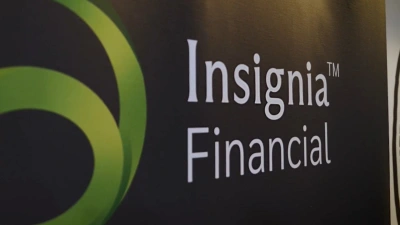Taking a proactive approach to compliance frameworks



Proactive compliance risk management has become both a “regulatory necessity” and a “cornerstone of ethical excellence” for financial advice licensees.
According to Zoe Graham, junior consultant at advice licensee compliance consultancy Assured Support, complying with the law is no longer enough as advice leaders move beyond a box-ticking approach.
While meeting minimum legal requirements is crucial, it is merely the baseline, she said, paving the way forward for a deeper integration of ethical principles within compliance frameworks.
“Modern-day regulatory expectations go beyond ‘ticking compliance boxes’; they seek to instil a culture of ethical behaviour and proactive risk management,” Graham remarked.
With more advisers and Australian financial services licensees (AFSLs) falling under ASIC’s regulatory spotlight, from failing to act in the best interest of clients to misleading and deceptive conduct, recent cases underscore the need for robust risk management strategies, she said.
“In this context, proactive compliance risk management emerges both as a regulatory necessity and a cornerstone of ethical excellence, ensuring organisations meet and exceed the standards expected by clients, regulators, and the broader community.”
Instead, firms need to be operating an ethical risk management framework which incorporates ethical considerations into all aspects of the risk management process, from client acquisition to ongoing review.
Ethical risk management includes two key dimensions: managing ethical risks – such as conflicts of interest, transparency in advice, and fairness – while ensuring that risk management processes are conducted ethically.
This also means taking a structured approach when balancing the tensions between the ethical obligations and commercial objectives of operating within the financial services industry.
“This tension was a recurring theme of the royal commission, which highlighted repeated instances of licensees failing, for commercial and other reasons, to uphold ethical standards or discharge their legal obligations in the pursuit of commercial gain. Licensees, advisers, and practices similarly grapple with sometimes competing goals of prioritising client interests and achieving profitability.”
Graham offered five key suggestions to successfully reconcile both ethical and commercial objectives:
- Embed ethical risk management into strategic business planning, rather than as a regulatory check box.
- Foster a top-down ethical culture and lead by example.
- Utilise technology to identify and mitigate ethical risks before they escalate.
- Regularly engage with clients, employees, and regulators to gain additional insights.
- Empower staff with ongoing training in ethical standards and regulatory compliance.
The junior consultant continued: “As the financial advice profession continues to evolve within a highly scrutinised regulatory environment, proactive risk management should be a mission-critical initiative for businesses concerned with their value and sustainability.”
A recent survey from financial services law and compliance firm Holley Nethercote uncovered the most notable compliance concerns for AFSLs. These ranged from cyber security threats to external reviews of business operations.
Recommended for you
Net cash flow on AMP’s platforms saw a substantial jump in the last quarter to $740 million, while its new digital advice offering boosted flows to superannuation and investment.
Insignia Financial has provided an update on the status of its private equity bidders as an initial six-week due diligence period comes to an end.
A judge has detailed how individuals lent as much as $1.1 million each to former financial adviser Anthony Del Vecchio, only learning when they contacted his employer that nothing had ever been invested.
Having rejected the possibility of an IPO, Mason Stevens’ CEO details why the wealth platform went down the PE route and how it intends to accelerate its growth ambitions in financial advice.















